Continental Spain, a wide range of amazing snorkeling spots across the coast
It is possible to snorkel almost anywhere along the Spanish Mediterranean coast, where each cove (called “cala”) or rocky shore is a potential spot. For snorkeling the Balearic Islands (Ibiza, Formentera, Mallorca and Menorca), please check our dedicated page.
The Costa Brava is home to the most famous snorkeling and diving spot in the country: the Medes Islands, a small archipelago of 7 islets located off L’Estartit, where fishing has been prohibited for more than 30 years.
This marine reserve, with exceptional underwater flora and fauna, is renowned as one of the most beautiful in the whole Mediterranean.
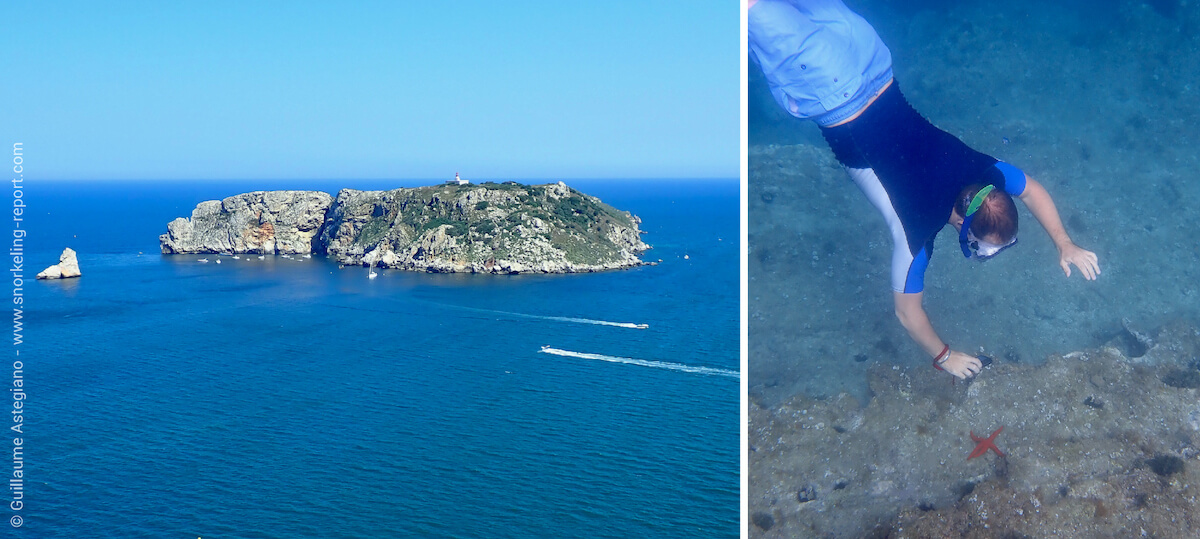
If you prefer shore snorkeling, there are many other options along the Costa Brava. The Cap de Creus Natural Park (around Cadaqués) has fantastic snorkeling locations, for example in Cala Culip and Cala Jugadora. South of L’Estartit, the Ses Negres Marine Reserve protects 1800m of coastline since 1983, but the shore is rugged and not easy to access.
Apart from the reserves, you’ll also find good spots at walking distance from the main seaside resorts of the region, for example in L’Estartit (Cala Calella), Tossa de Mar (Platja Mar Menuda), or Lloret de Mar (Sa Caleta).
The coastline from Barcelona to Valencia, with its extensive sandy beaches, is less interesting. Located 25km east of Tarragona, the Masia Blanca Marine Reserve is one of the most popular spots in the region. However, you will have to deal with variable underwater visibility and pretty deep waters to enjoy its sea life.
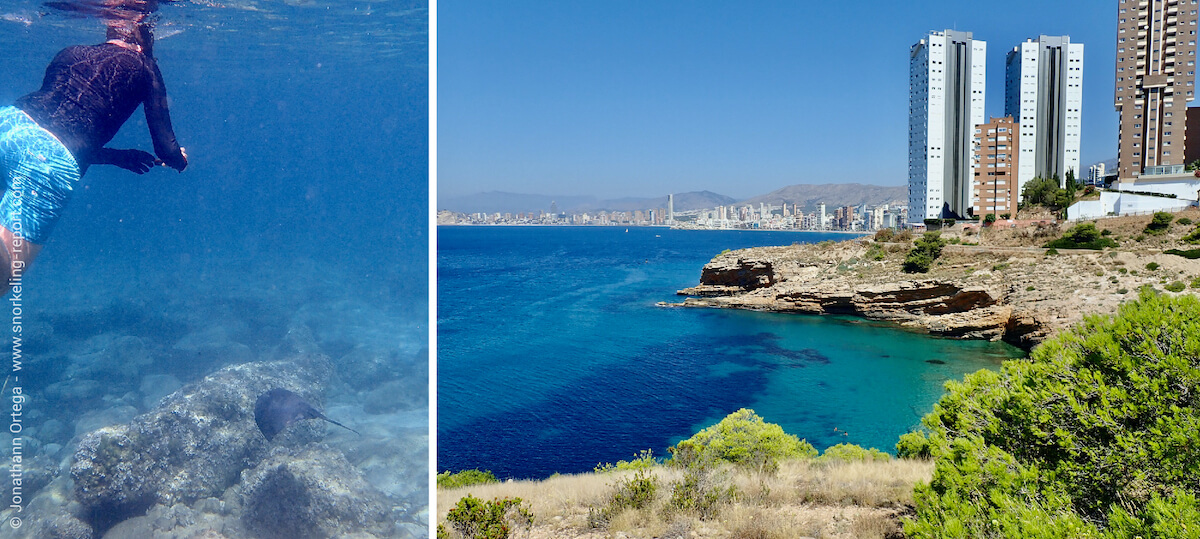
South of Valencia, the seaside resort of Benidorm is more famous for its skyscrapers and sandy beaches than for its underwater life. However, the creeks that line the city, teeming with underwater life, are true wonders.
If you are staying there, do not miss Cala Almadabra, Cala Tí Ximo, or Cala Mal Pas where, due to a fishing ban, the fish are huge and not very fearful. The 2km-long Playa de Levante, Benidorm’s most popular beach, also has decent snorkeling.
Another snorkeling hotspot in Spain, the Murcia region offers an exceptional diversity of sites for all levels. A dozen spots follow one another along the coastline of Cabo de Palos, 30km east of Cartagena: Cala Fria, Cala Túnez, and Islotes del Descargador are among the most visited.
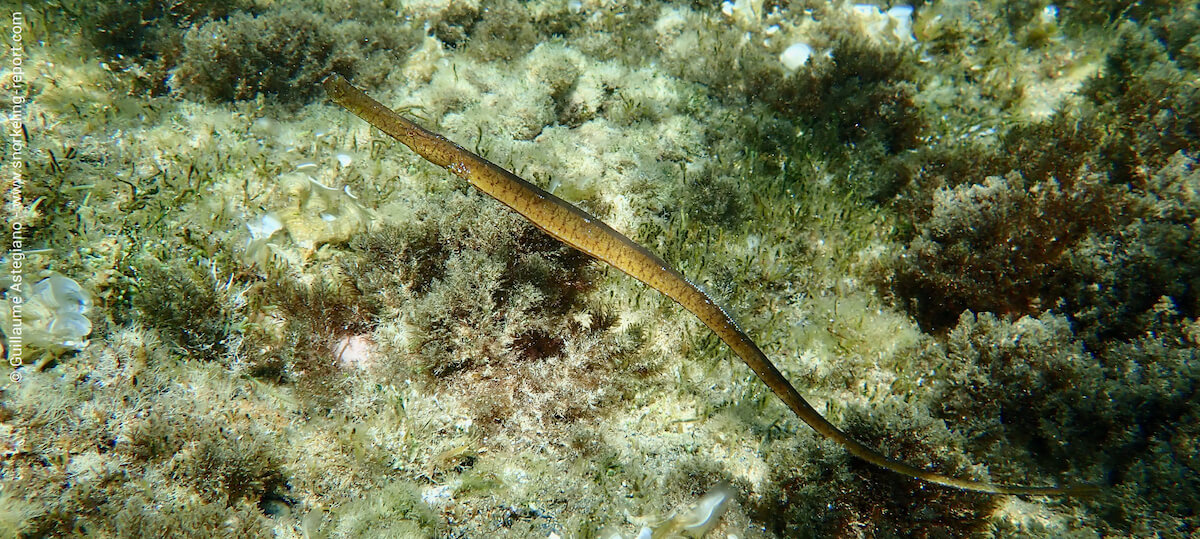
From Cabo de Palos, you can also book a boat trip to the Islas Hormigas, tiny islands located 4km from the coast. They are protected by a marine reserve since 1995. On the opposite, some 30km west of Cartagena, the Cabo Tiñoso Natural Park is also home to some treasures.
The off-the-beaten-track coves nestled in this steep and majestic coastline -only accessible by hiking- are really worth the detour. We particularly recommend Cala del Bolete Grande, one of the most beautiful and accessible of the Natural Park.
In spring, when the water is still clear, it is also possible to snorkel the Mar Menor, the largest saltwater lagoon in Europe. This threatened ecosystem, with a fragile balance, is experiencing recovery periods during which can be seen seahorses near the beaches.
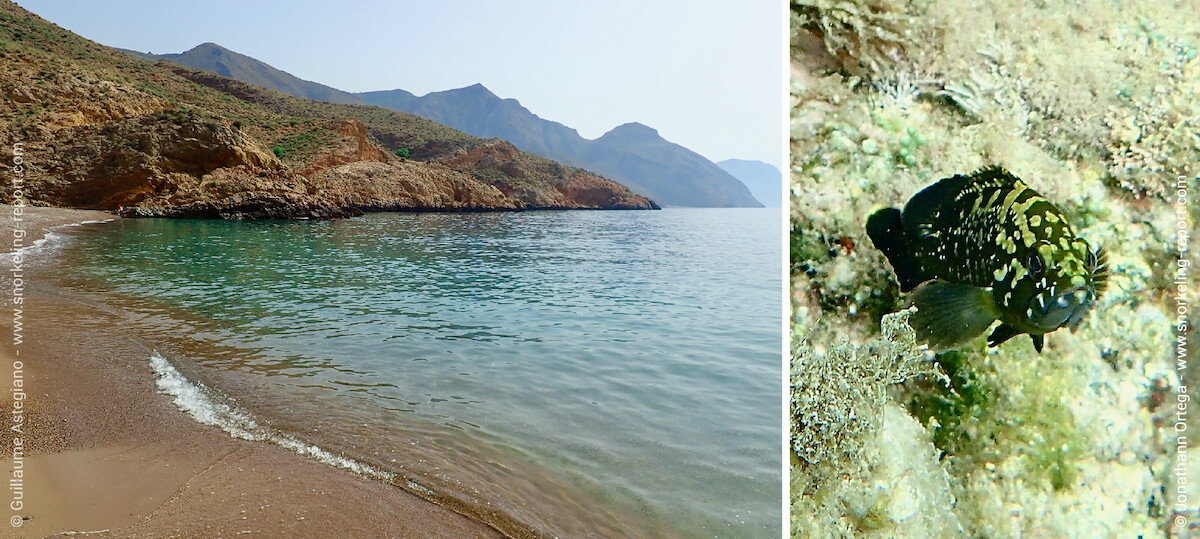
If you are visiting Andalusia, head towards the Cabo de Gata-Níjar Natural Park, often touted as one of the best Spanish regions for snorkeling.
What will I see while snorkeling in Spain?
The Mediterranean is a relatively small and enclosed sea (1% of the world’s ocean surface) but is a major source of biodiversity. It is estimated that the Mediterranean contains 8% of the world’s sea life, with an endemism rate of nearly 30%.
Neptune grass seabed, in particular, provides a remarkable environment (even in shallow waters) that is simple to explore from the Spanish coast. Although it is easy to come across ornate wrasse, sargo, gilt-head bream, and red starfish and purple sea stars in the Spanish waters, you may also see during your explorations small moray eels, dentex, groupers, stingrays, and barracudas.
If you are planning a snorkeling trip to Spain, we recommend you to take with you Europe and Mediterranean Marine Fish identification guide, a comprehensive guide that includes all the marine fish species that may be encountered in the Mediterranean up to 50m depth.
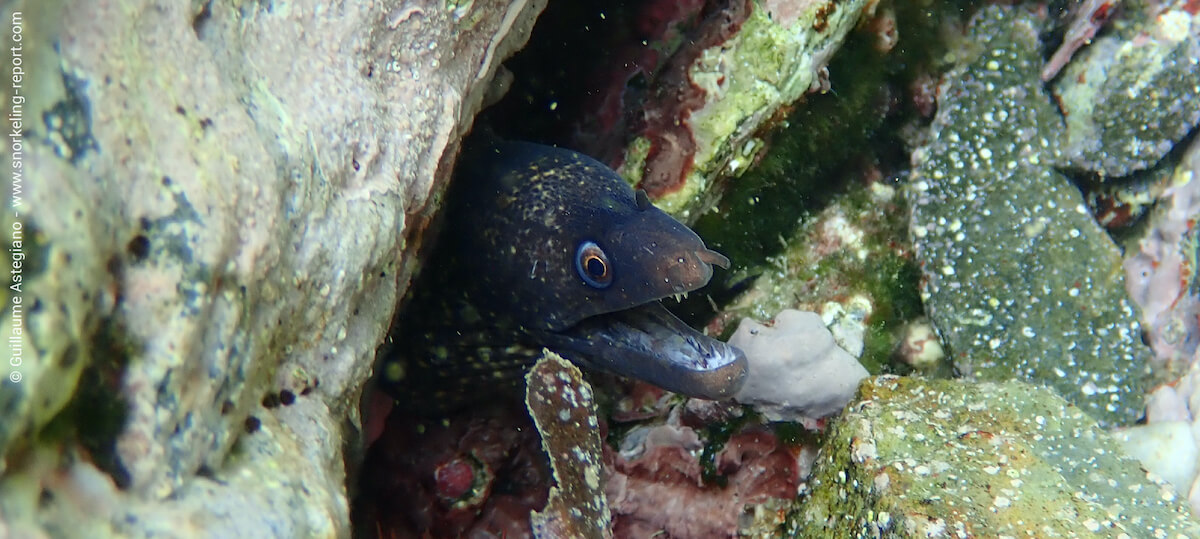
When to go snorkeling in Spain?
The Mediterranean climate is mild and sunny, and the temperatures are generally clement. On the Spanish Mediterranean coast, average temperatures range between 70 to 80°F/20 to 25°C from June to September, and from 55 to 70°F/14 to 20°C the rest of the year.
July/August is the peak period for tourists in the region, and you can expect high visitor numbers in most of the areas.
Water temperature varies between 65 to 75°F/18 to 24°C from July to October and around 60°F/15°C in May/June. Temperatures are warmer (up to 5°C) in the South (Andalusia, Murcia) than in the North (Catalonia, Valencia).
Outside summer months, snorkeling is limited by cooler water temperatures, unless you have an adapted wetsuit. Even during summer, we recommend wearing a rashguard, which will protect your back and shoulders from the strong UV radiation that occurs in the Mediterranean.
The wind, blowing in gusts over some parts of the coast, should be taken into account before a snorkeling trip in the Mediterranean. It can lead to dangerous conditions in the sea (waves), but which are also less pleasant (because of the cold).


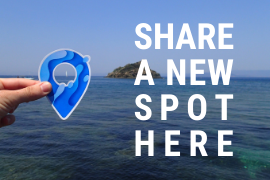
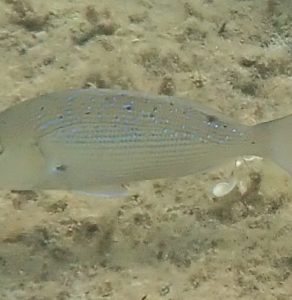
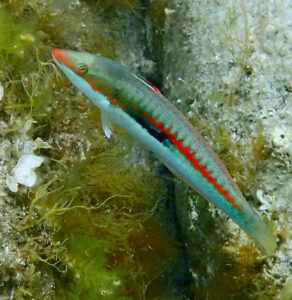
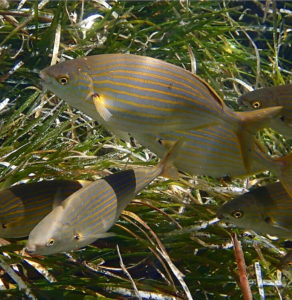
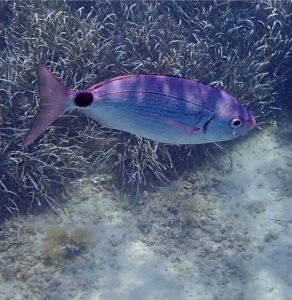

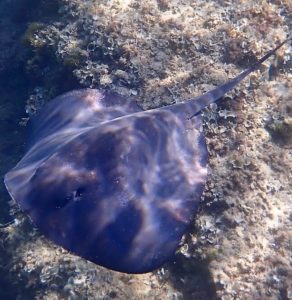
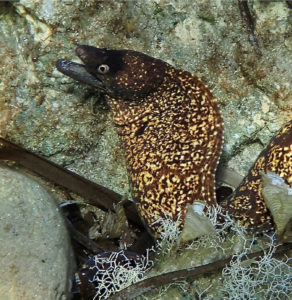
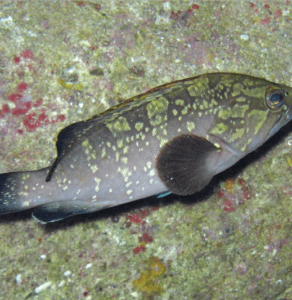
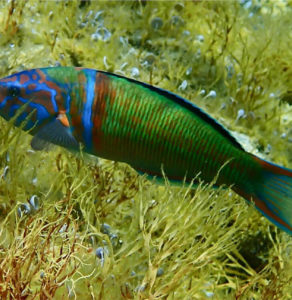
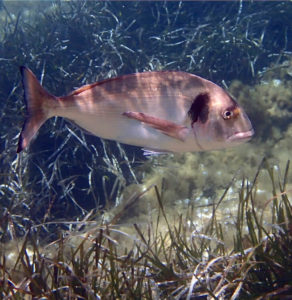
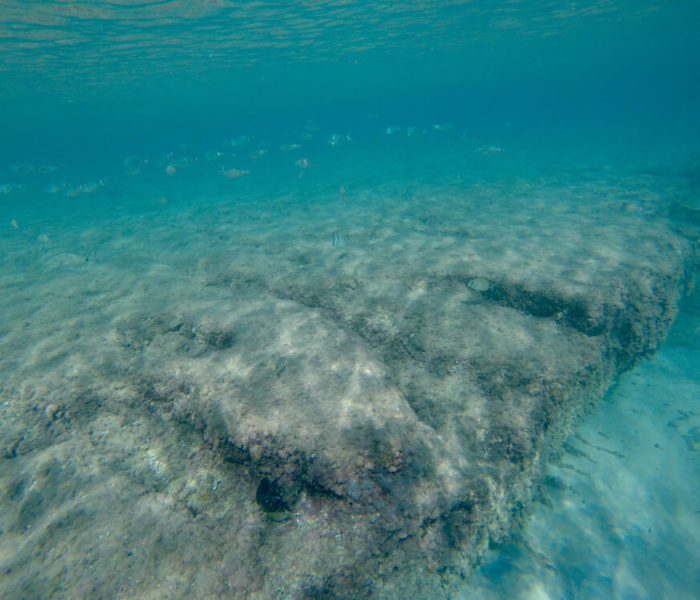
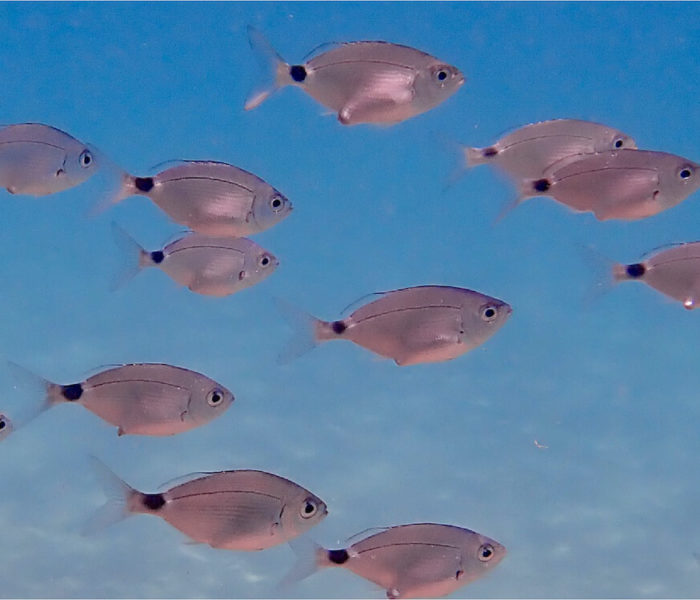
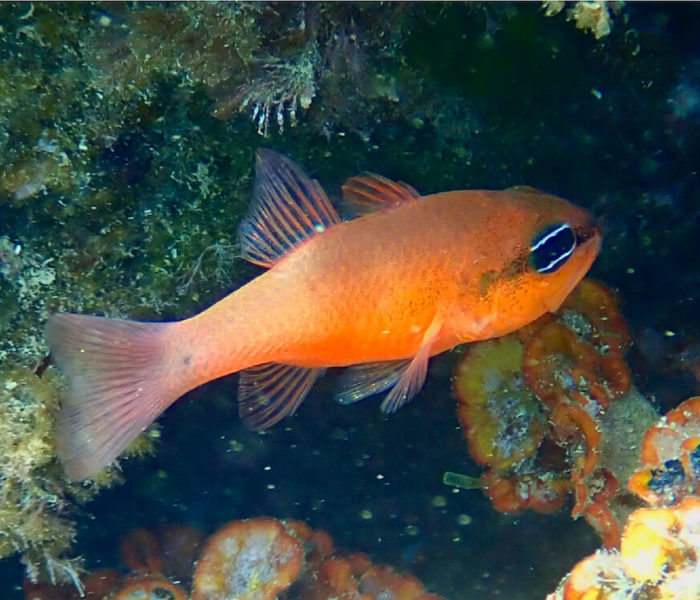
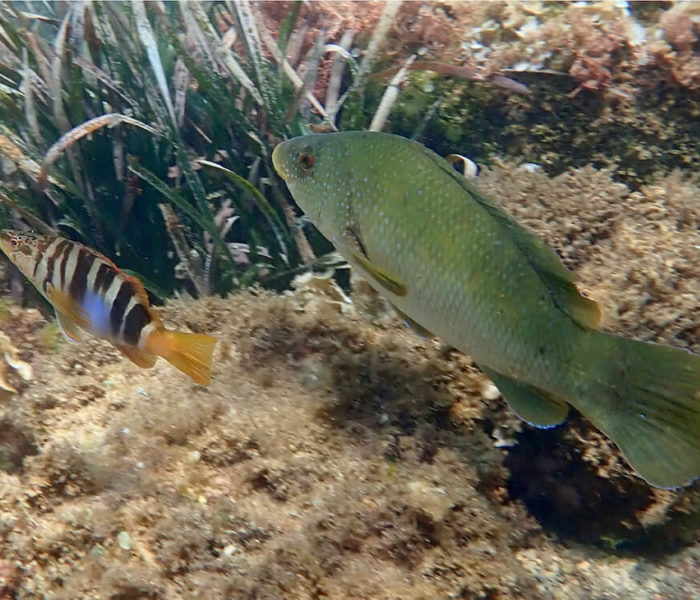
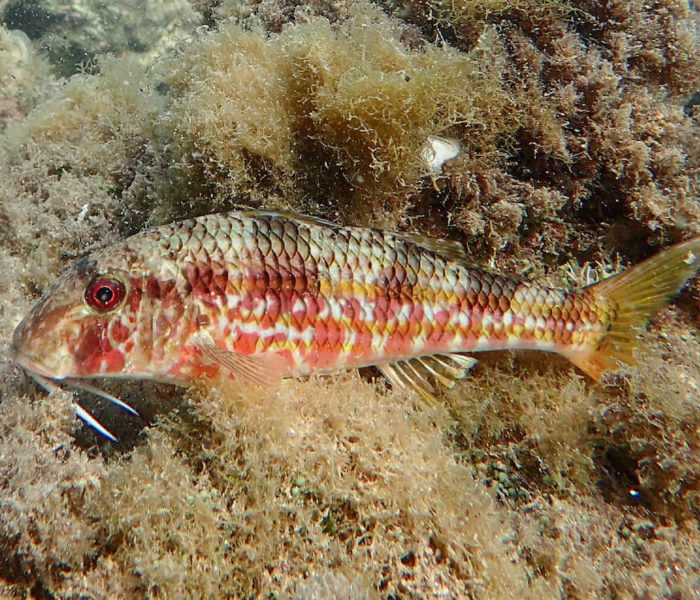
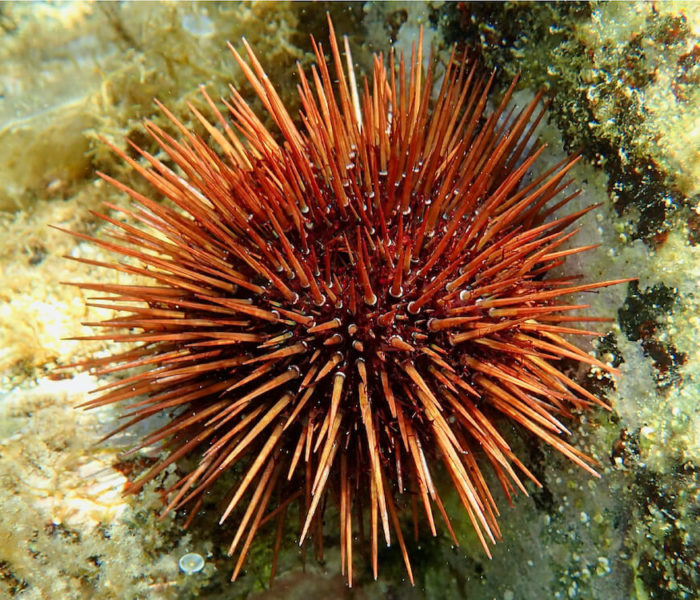
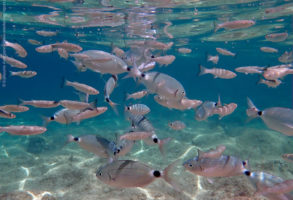
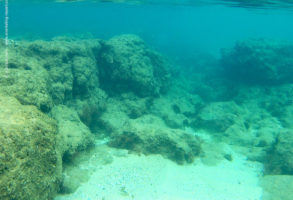
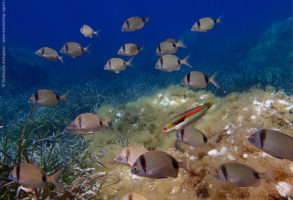
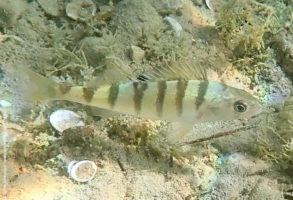
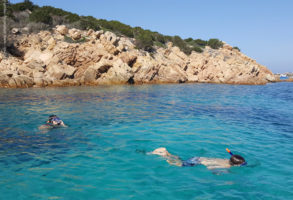
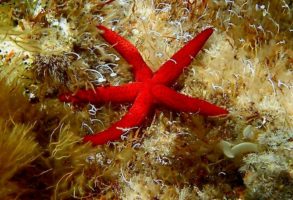
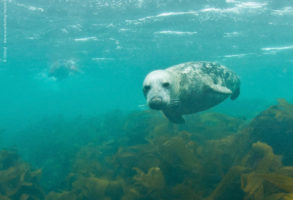
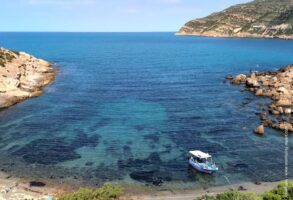
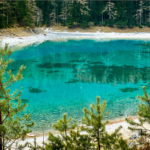
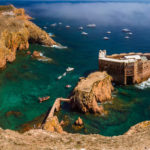
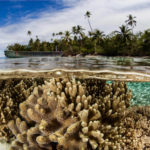
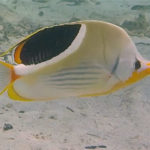
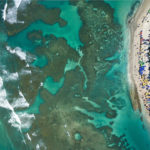
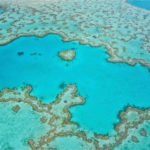
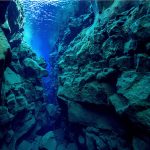

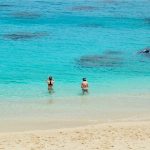
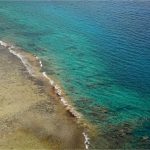
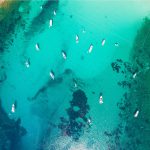
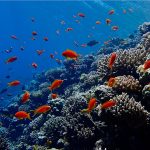
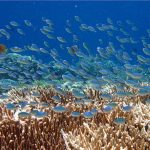

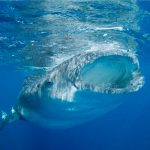
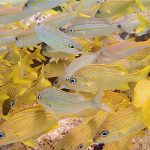
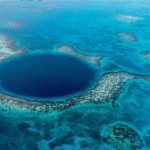
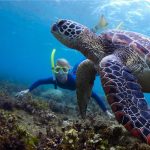

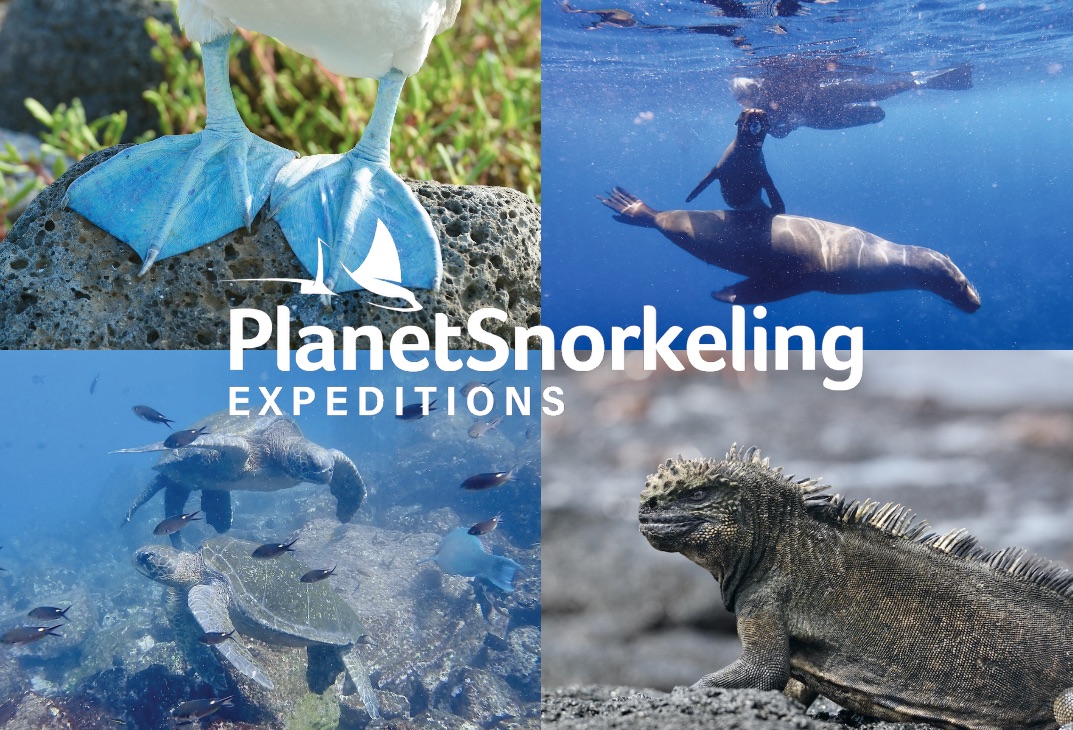
Comments